Stretching is often an overlooked component of fitness, yet it plays a crucial role in maintaining flexibility, preventing injuries, and enhancing overall performance. Whether you’re a seasoned athlete or just beginning your fitness journey, incorporating a regular stretching routine or getting stretched by your personal trainer can significantly improve your physical well-being.
Why Stretching is Essential
1. Improves Flexibility and Range of Motion
Stretching helps lengthen muscles and tendons, leading to increased flexibility and a broader range of motion. This is essential for performing daily activities with ease and reducing the risk of injuries.
2. Enhances Athletic Performance
For athletes, improved flexibility can enhance performance by allowing for more efficient movement patterns. Stretching can also help muscles recover faster, enabling better performance during training and competitions.
3. Prevents Injuries
Regular stretching helps maintain muscle elasticity and joint flexibility, reducing the risk of strains, sprains, and other injuries. It also prepares your body for physical activity by warming up the muscles and increasing blood flow.
4. Reduces Muscle Tension and Pain
Stretching alleviates muscle tightness and tension, which can lead to chronic pain. It is particularly beneficial for individuals with sedentary lifestyles or those who engage in repetitive activities that can cause muscle imbalances.
5. Improves Posture
Poor posture can lead to various musculoskeletal issues. Stretching helps correct muscle imbalances and alignment, promoting better posture and reducing the risk of back and neck pain.
Types of Stretching
1. Static Stretching
Involves holding a stretch for a prolonged period (usually 15-60 seconds). It is effective for increasing flexibility and is best performed after a workout.
2. Dynamic Stretching
Involves moving parts of your body through a full range of motion in a controlled manner. This type of stretching is ideal for warming up before a workout as it prepares muscles and joints for activity.
3. PNF Stretching (Proprioceptive Neuromuscular Facilitation)
Combines static stretching and isometric contractions to enhance flexibility. This advanced form of stretching is often used by athletes and should be performed under the guidance of a trained professional.
4. Active Stretching
Involves holding a stretch using the strength of your muscles. This type of stretching improves muscle strength and flexibility simultaneously.
5. Passive Stretching
Involves using an external force (such as a partner or a prop) to achieve a stretch. This type of stretching is beneficial for relaxing the muscles and increasing flexibility.
The Role of a Personal Trainer in Stretching
Working with a personal trainer can elevate your stretching routine, ensuring you perform stretches correctly and effectively. Whether you’re aiming to improve your athletic performance or simply want to maintain a healthy and active lifestyle, incorporating regular stretching with the guidance of a personal trainer is a smart and effective strategy.
1. Customized Stretching Routines
A personal trainer can assess your flexibility and design a stretching routine tailored to your specific needs and fitness goals. This personalized approach ensures that you are targeting the right muscle groups and achieving optimal results.
2. Proper Technique and Form
Incorrect stretching techniques can lead to injuries. A personal trainer can guide you through each stretch, ensuring you maintain proper form and technique to maximize benefits and minimize risks.
3. Assisted Stretching
Personal trainers can perform assisted stretching, where they help you achieve a deeper stretch than you could on your own. This is particularly beneficial for individuals with limited flexibility or those recovering from an injury.
4. Motivation and Accountability
Having a personal trainer can keep you motivated and accountable. They can track your progress, adjust your routine as needed, and ensure you stay consistent with your stretching regimen.
If you are interested in learning more about how stretching can help enhance your fitness contact our Director of Wellness, Injury Prevention, and Post-Rehabilitation Services, Laura Goldsmith, using the link below. Her Recovery & Wellness Stretching Services are now available in East Windsor, Monroe, Lawrenceville, Ocean, Red Bank, Shrewsbury, Wall, Freehold & Farmingdale.
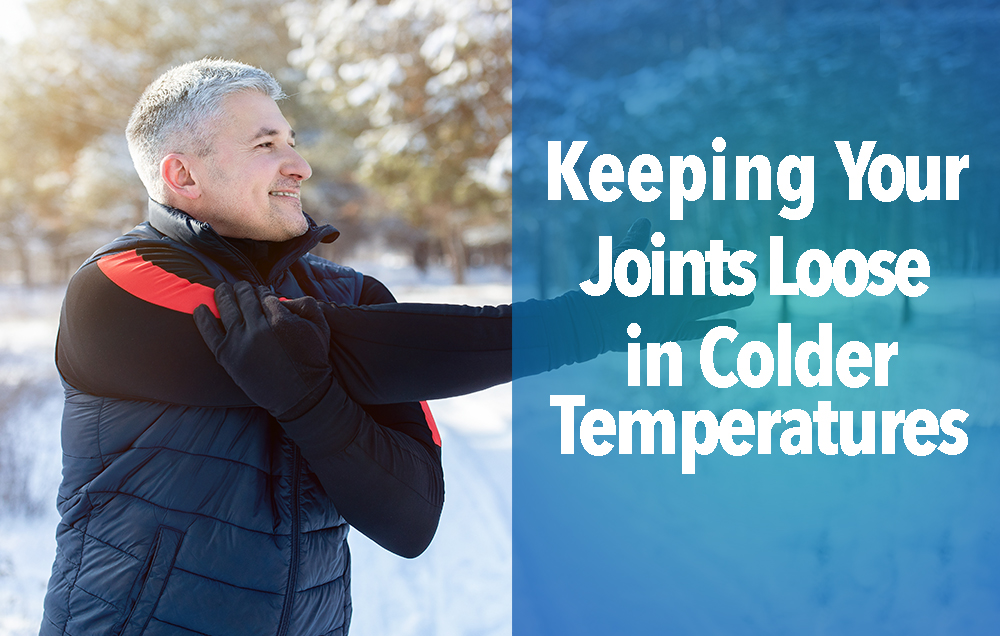

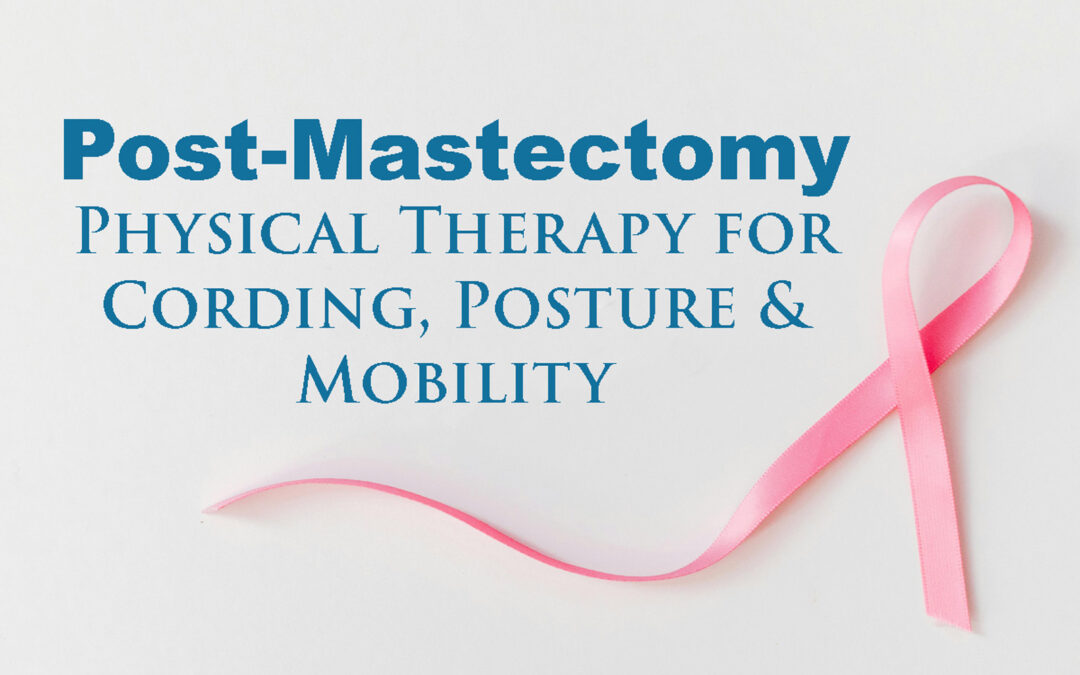
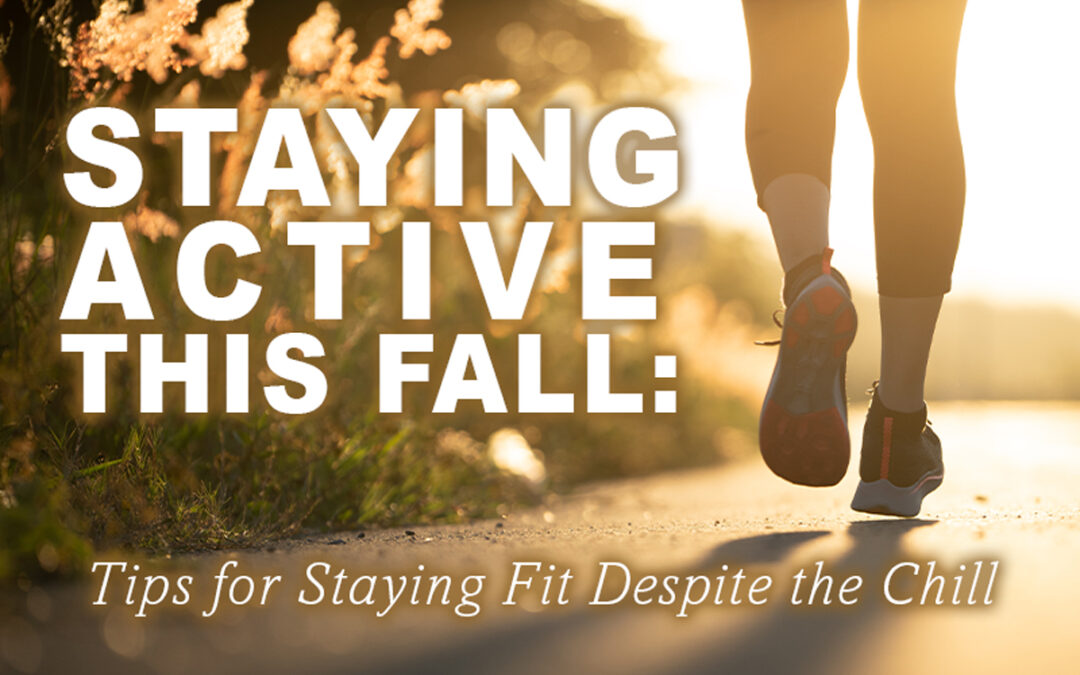
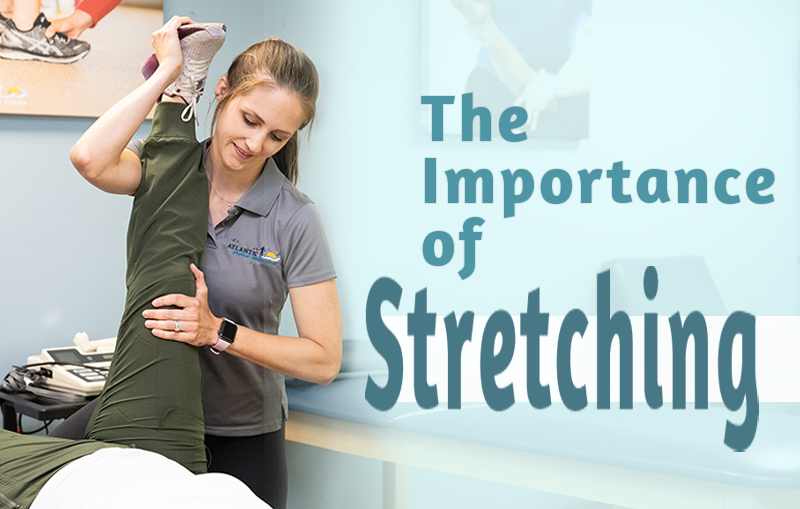
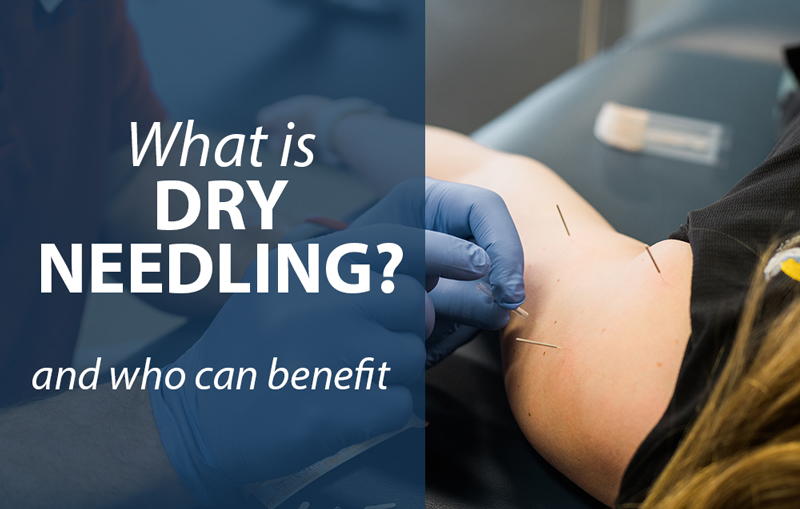
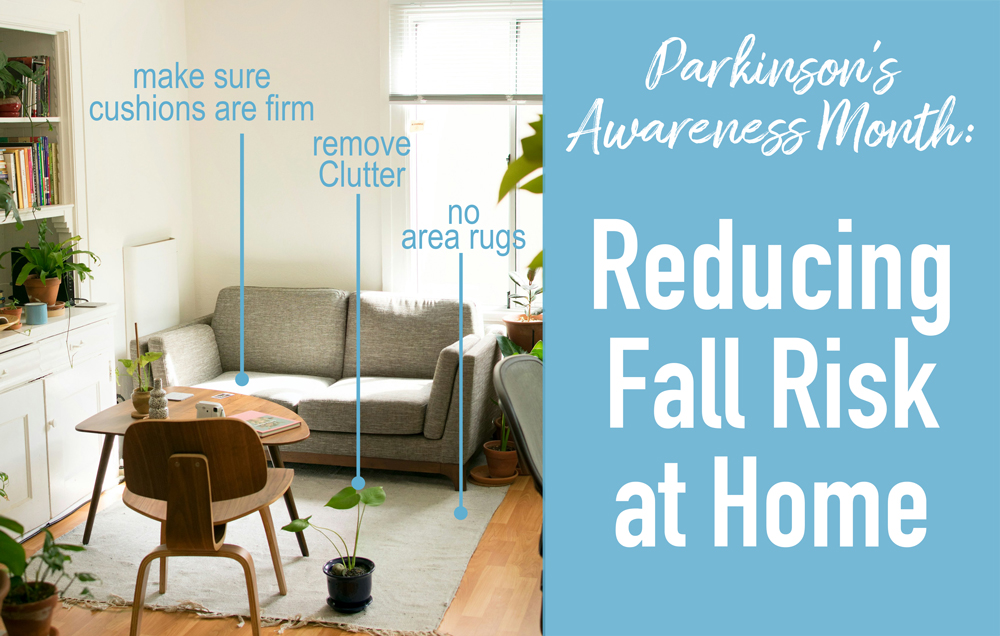
Recent Comments